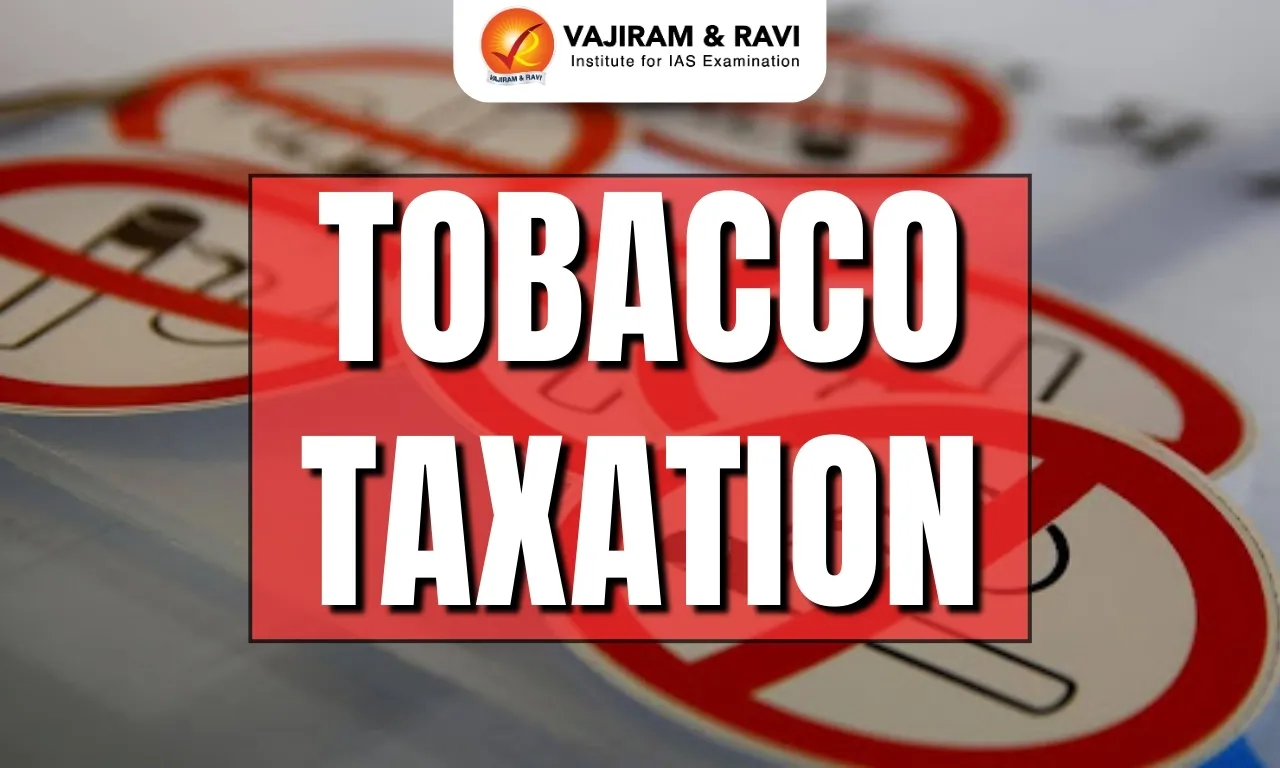India’s Rise in the Global SDG Rankings
- India has made a significant breakthrough by ranking 99th in the 2025 edition of the Sustainable Development Goals (SDG) Index, marking its first-ever entry into the top 100 nations globally.
- This leap forward underscores India’s growing focus on sustainable development and its ongoing efforts to improve across the 17 SDGs adopted by United Nations member states in 2015.
- The SDG Index is part of the annual Sustainable Development Report (SDR) released by the UN Sustainable Development Solutions Network.
- It evaluates countries on a scale of 0 to 100, where 100 represents complete achievement of all SDGs. India scored 67, a significant improvement from its 109th position in 2024.
Comparative Regional Rankings and Progress
- India’s improved rank places it ahead of several South Asian peers. Bhutan secured 74th place (70.5), Nepal 85th (68.6), Bangladesh 114th (63.9), and Pakistan 140th (57).
- Meanwhile, India’s maritime neighbours Maldives and Sri Lanka, ranked 53rd and 93rd, respectively.
- Since 2015, India has steadily improved its position in the index, from 116th in 2017 to 109th in 2024.
- This steady climb reflects ongoing efforts to meet national and international development benchmarks, with emphasis on key indicators such as health, education, access to energy, and digital infrastructure.
Global Trends and Regional Bright Spots
- Despite India’s positive momentum, the 2025 SDR warns that global SDG progress is stagnating.
- Only 17% of the 169 targets across 17 goals are on track for achievement by 2030. The report attributes the slowdown to conflicts, structural vulnerabilities, and fiscal limitations, particularly in low-income and fragile states.
- European countries dominate the upper echelons of the index, with Finland, Sweden, and Denmark occupying the top three ranks. Of the top 20 countries, 19 are in Europe.
- However, even these countries face challenges in achieving climate and biodiversity-related goals due to unsustainable consumption patterns.
- East and South Asia emerged as the regions with the fastest SDG progress since 2015, driven by socioeconomic development. Notable improvers include:
- Nepal (+11.1, Cambodia (+10), The Philippines (+8.6), Bangladesh (+8.3), Mongolia (+7.7)
- Other standout performers globally include Benin (+14.5), Uzbekistan (+12.1), the UAE (+9.9), Saudi Arabia (+8.1), and Peru (+8.7).
Areas of Advancement and Reversal
- While India and many developing countries show progress on critical development indicators, global performance presents a mixed picture. Areas of notable advancement include:
- Access to electricity (SDG 7)
- Internet and mobile broadband use (SDG 9)
- Reduction in under-five and neonatal mortality (SDG 3)
- Conversely, the report highlights significant setbacks in:
- Obesity (SDG 2)
- Press freedom (SDG 16)
- Sustainable nitrogen management (SDG 2)
- Biodiversity loss (measured via the Red List Index – SDG 15)
- Corruption perceptions (SDG 16)
- These reversals underscore the complex and sometimes contradictory nature of development, where progress in one area may coincide with backsliding in another.
Multilateralism and Financial Reform in Focus
- A unique aspect of the report is its assessment of countries’ commitment to multilateralism. Barbados, Jamaica, and Trinidad and Tobago top the list of most committed countries.
- Among G20 nations, Brazil ranks highest at 25th, and Chile leads the OECD countries at 7th.
- In stark contrast, the United States ranks last (193rd) for the second consecutive year, reflecting its policy stance against the SDGs and its withdrawal from key international frameworks such as the Paris Agreement and the World Health Organisation.
- The SDR also lays emphasis on the need to reform the global financial architecture. Ahead of the Fourth International Conference on Financing for Development (FfD4) in Seville (June 30-July 3), the report criticises the current system for facilitating capital flows toward rich nations while underfunding emerging and developing economies (EMDEs) that possess greater growth potential.
Conclusion
- India’s entry into the top 100 of the SDG Index is a commendable achievement and a reflection of its sustained commitment to inclusive and sustainable development.
- Despite challenges at the global level, India’s performance demonstrates the impact of focused policy efforts and developmental prioritisation.
- Moving forward, continued attention to pressing issues such as biodiversity, governance, and sustainable consumption will be critical to maintaining and accelerating this momentum.
Last updated on January, 2026
→ Check out the latest UPSC Syllabus 2026 here.
→ Join Vajiram & Ravi’s Interview Guidance Programme for expert help to crack your final UPSC stage.
→ UPSC Mains Result 2025 is now out.
→ UPSC Notification 2026 is scheduled to be released on January 14, 2026.
→ UPSC Calendar 2026 is released on 15th May, 2025.
→ UPSC Prelims 2026 will be conducted on 24th May, 2026 & UPSC Mains 2026 will be conducted on 21st August 2026.
→ The UPSC Selection Process is of 3 stages-Prelims, Mains and Interview.
→ UPSC Result 2024 is released with latest UPSC Marksheet 2024. Check Now!
→ UPSC Toppers List 2024 is released now. Shakti Dubey is UPSC AIR 1 2024 Topper.
→ Also check Best IAS Coaching in Delhi
India SDG Index 2025
Q1. What is India’s rank in the 2025 Global SDG Index?+
Q2. How has India’s SDG ranking changed over the years?+
Q3. What are the key areas where India and others have shown SDG progress?+
Q4. Which countries are leading the 2025 SDG Index globally?+
Q5. What are the biggest challenges highlighted in the 2025 SDR?+
Tags: india breaks into top 100 in global sdg index mains articles upsc current affairs upsc mains current affairs

















